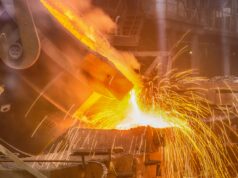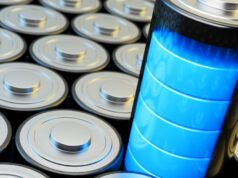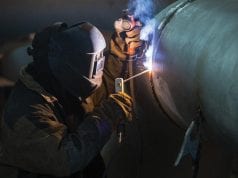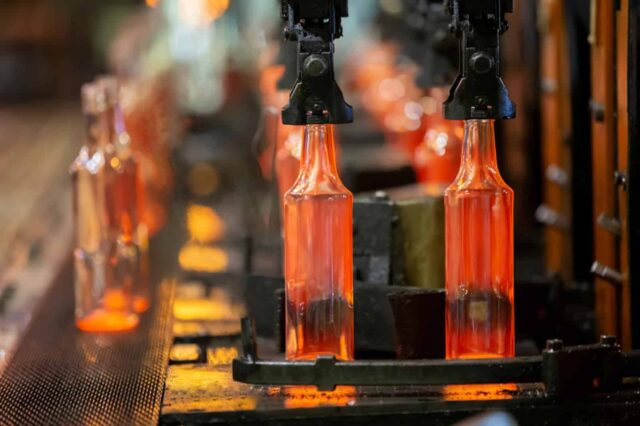
Glass bottles have been used for centuries as a vessel to transport and store liquids. Through the years, glass has evolved from fragile to resilient.
This article will explore the evolution of glass bottles from their early days to the modern-day technology employed in producing them. It will focus on how different manufacturing techniques have revolutionized glass bottle production and made them more durable than ever before.
Additionally, it will discuss advances in sealing technologies that allow these bottles to be opened with ease while being leakproof at the same time.
Finally, this article will cover how improved design elements help make these vessels both functional and aesthetically pleasing.
Introduction to Glass Bottles

Glass bottles have been around in various forms for centuries, providing a durable and versatile means of storing drinks, medicines, perfumes, oils, and many other items. Although glass has long been known to be fragile and prone to breakage, modern manufacturing methods have enabled the production of resilient bottles that can withstand considerable force without shattering.
This article will explore the evolution of glass bottle construction over time from its origin in ancient Egypt right up to present-day advances. Well, look at how techniques such as annealing and tempering are used to make glass more resistant to breakage while still preserving its clarity and beauty.
Finally, we’ll consider some of the exciting new developments being made with glass packaging today that could revolutionize our understanding of what is possible with this timeless material.
A Historical Perspective of Glass Bottle Production
Glass bottle production dates back centuries, with the earliest recorded evidence found in the form of clay and glass bottles from ancient Egypt around 2000 BC. In Europe, glass bottle production was craftsmanship that flourished during the Middle Ages, typically carried out by small workshops.
By this time, different techniques had been developed to shape and decorate these vessels including mold-blowing and cutting. It wasn’t until the 18th century that industrialization began to revolutionize glass bottle production on a larger scale.
This included new methods such as pressing hot flint into molds or drawing molten glass through funnels made of platinum wire for more intricate shapes. Further advancements in technology allowed for an increase in efficiency, enabling companies to produce millions of bottles every year while maintaining high standards of quality.
Today’s modern facilities are much more efficient than those used even just decades ago with automated systems reducing human error and improving product consistency.
From humble beginnings to its current state-of-the-art industry status; it is clear that over time the process of producing resilient yet aesthetically pleasing containers has come a long way indeed!
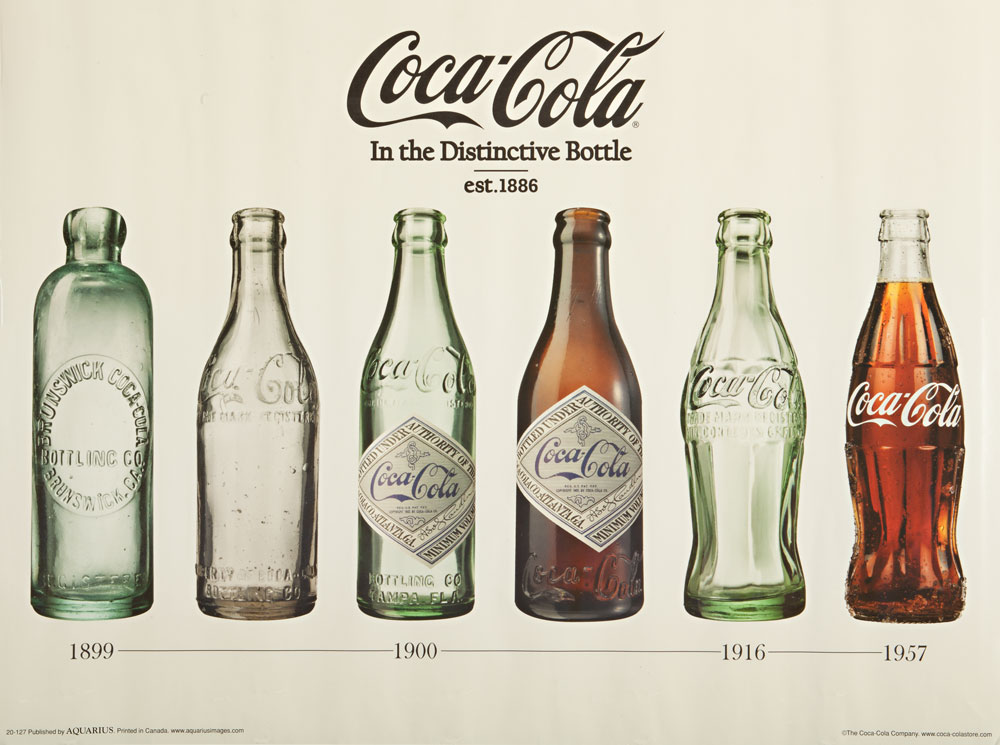
The Development of Improved Manufacturing Processes
The manufacturing of glass bottles has evolved drastically over the years, from fragile and easily-breakable containers to resilient and sturdy vessels.
Advances in technology have enabled manufacturers to create improved production processes that make use of stronger materials while remaining cost-effective.
The development of specialized machinery and automated systems has allowed for an increase in productivity with shorter lead times on orders. In addition, new techniques such as tempering and heat-treating allow for greater strength without sacrificing aesthetic qualities or increasing weight or bulkiness.
As a result, modern glass bottles are more durable than ever before – making them ideal for everyday use across industries from beverage bottling to food storage.

Conclusion
Glass Bottles have come a long way from their fragile beginnings to being some of the most resilient and essential tools available today. They are strong, durable, and able to withstand extreme temperatures while keeping liquids safe for consumption.
Glass Bottles also provide an attractive design element that can help make any product stand out in a crowd. With the advances in technology, glass bottles will continue to be used more frequently as they become easier and cheaper to produce.
Their flexibility makes them an ideal choice for many different industries where safety is of paramount importance.
As we explore further into the evolution of glass bottles, it’s clear that they have been through quite a transformation over time and remain one of the most reliable products on the market today!

